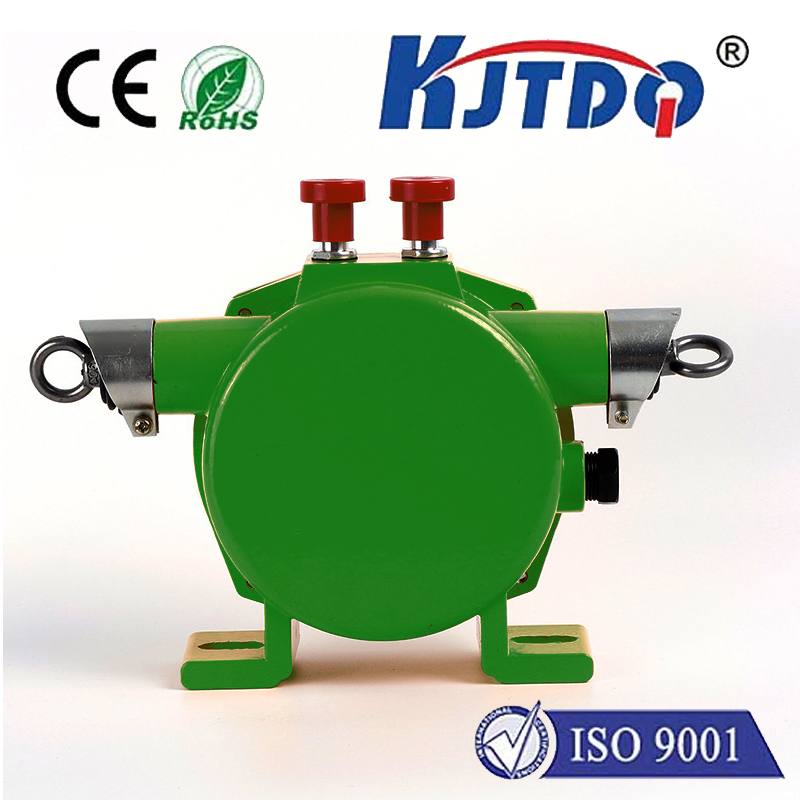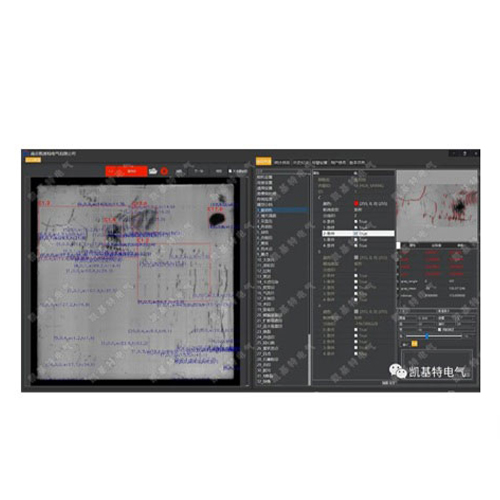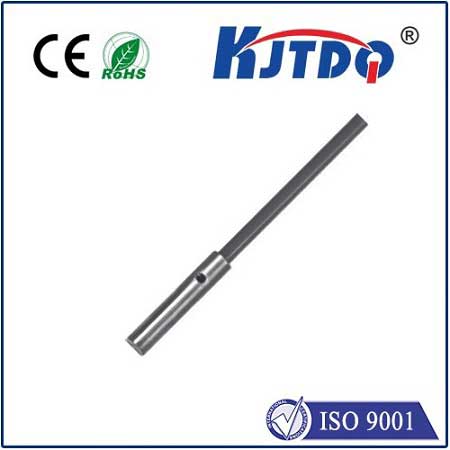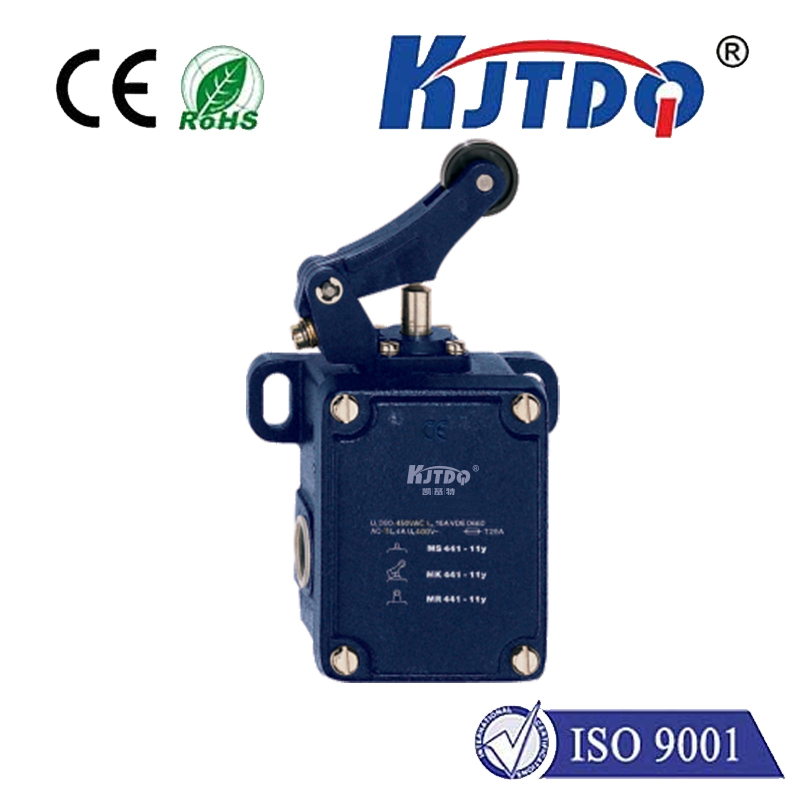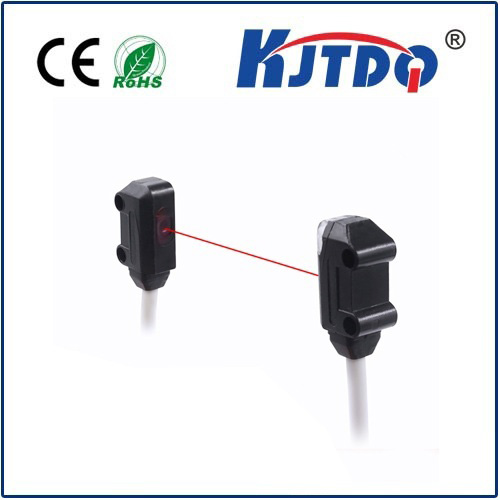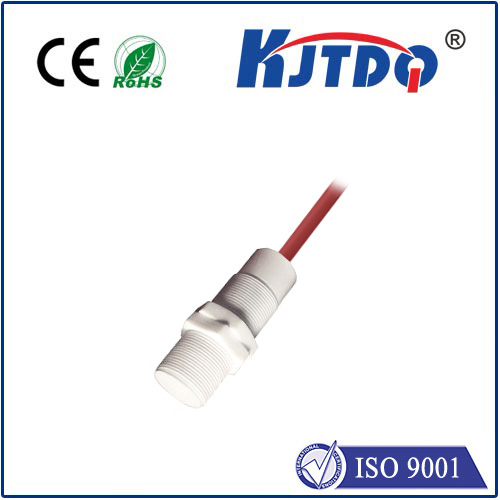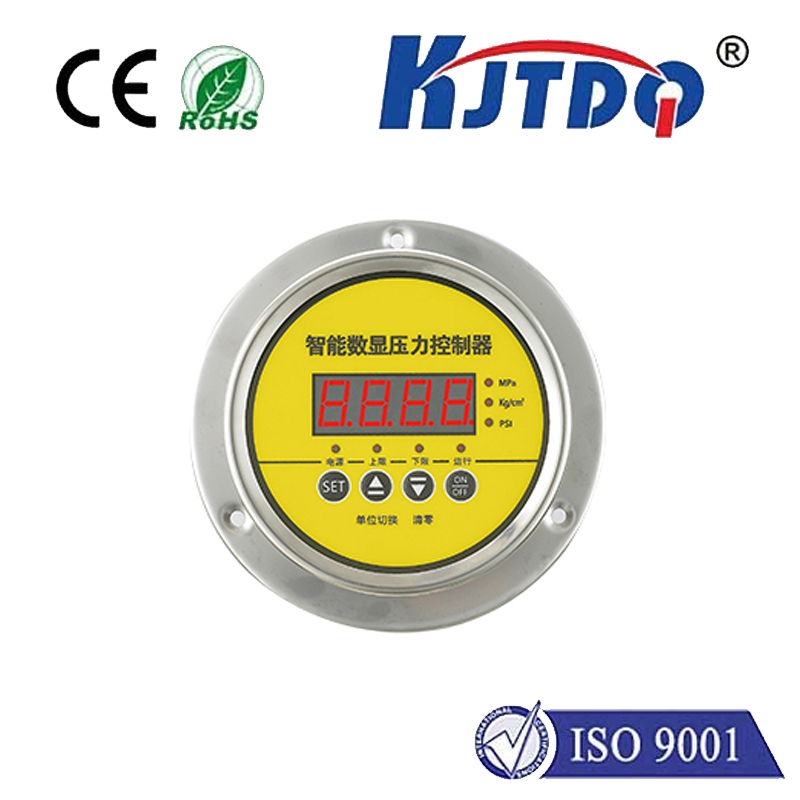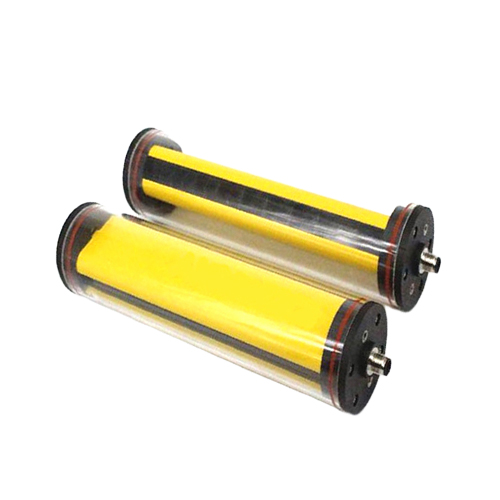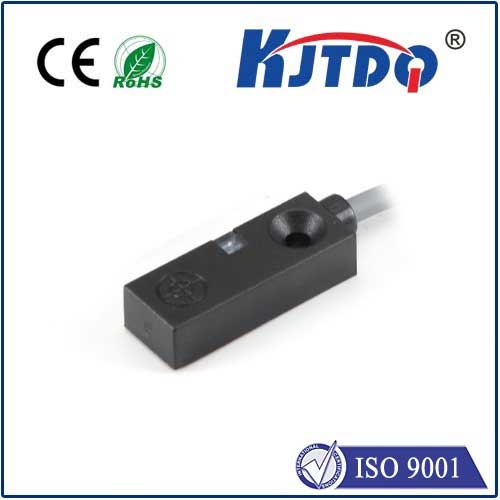инфракрасный лазерный датчик дальности
- time:2025-08-28 03:31:45
- Нажмите:0
Infrared Laser Distance Sensors: Unlocking Precision Measurement Across Industries
Imagine needing to measure the exact distance to a rapidly moving object on a factory line, map the contours of a building interior in complete darkness, or ensure safe docking of autonomous robots in a busy warehouse. Traditional methods often fall short – they might be too slow, inaccurate, or simply impractical. This is where the remarkable capabilities of infrared laser distance sensors seamlessly come into play. These sophisticated devices harness the power of focused infrared light to deliver non-contact, high-speed, and exceptionally accurate distance measurements, revolutionizing countless applications from industrial automation to consumer electronics.
Core Principles: How Does an Infrared Laser Distance Sensor Work?
At its heart, an infrared laser distance sensor operates by emitting a narrow, coherent beam of invisible infrared light towards a target. The sensor then precisely measures either:
- Time-of-Flight (ToF): This method calculates distance by measuring the exact time it takes for the emitted laser pulse to travel to the target and back to the sensor. Since the speed of light is constant, distance (d) is derived simply by d = (c * t) / 2, where c is the speed of light and t is the measured time. ToF sensors excel at longer ranges and offer excellent overall speed.
- Phase Shift Measurement: Used primarily in modulated continuous wave (CW) lasers, this technique measures the phase difference between the emitted laser wave and the reflected wave returning to the sensor. This phase shift is directly proportional to the distance traveled. Phase shift sensors often provide superior resolution and accuracy at shorter to medium ranges.
The sensor’s internal processing unit rapidly performs these complex calculations, outputting a highly reliable distance reading, often communicated via standard interfaces like analog voltage, digital UART, I2C, or industrial protocols.

Key Advantages: Why Choose Infrared Laser Technology?
Infrared laser distance sensors offer a compelling set of benefits that make them indispensable in demanding environments:
- High Accuracy and Precision: Capable of resolutions down to fractions of a millimeter and accuracies often within 1mm or better, depending on the model and range.
- Non-Contact Measurement: Eliminates wear and tear on both the sensor and the target object, ideal for delicate surfaces or moving components. This also enables measurement of objects that are hot, hazardous, or difficult to access.
- Incredible Speed: Measurements are typically obtained in microseconds to milliseconds, enabling real-time monitoring and control of fast processes. This high data acquisition rate is critical for dynamic applications.
- Compact Size and Robustness: Modern sensors are highly miniaturized, making integration into machines, robots, and portable devices feasible. They are often designed to withstand industrial environments (vibration, temperature fluctuations, dust).
- Excellent Directionality: The focused laser beam allows for precise targeting, minimizing interference from background objects compared to technologies like ultrasonic sensors. This enables reliable measurement of small objects or in cluttered spaces.
- Infrared Light Benefits: Being invisible to the human eye, they don’t cause distraction. They also typically operate at wavelengths that allow for inherent eye safety (Class 1 or Class 2 lasers are common) while still offering strong performance. Furthermore, infrared light often performs better than visible red lasers in varying ambient light conditions.
Widespread Applications: Where Do These Sensors Shine?
The versatility of infrared laser sensors drives their adoption across a vast spectrum of industries:
- Industrial Automation & Robotics: Precise positioning of robotic arms, palletizing/depalletizing, conveyor belt monitoring, object detection and counting, fill level control, thickness measurement, machine guarding, and quality inspection.
- Logistics & Warehousing: Forklift positioning and height measurement, automated guided vehicle (AGV) navigation and obstacle detection, warehouse inventory scanning (dimensioning), dock leveler positioning.
- Construction & Surveying: Measuring distances and levels on construction sites, monitoring structural deformation, basic area and volume calculations, and integrated into modern LiDAR systems for 3D scanning.
- Automotive: Cruise control systems, parking assist sensors, collision avoidance, suspension monitoring, and development/testing (e.g., vehicle dynamics).
- Consumer Electronics & DIY: Integrated into smartphones for camera focus assistance and augmented reality (AR), smart home devices, drone altimeters and obstacle detection, and robotics projects (e.g., robot navigation and mapping).
- Сельское хозяйство: Monitoring grain levels in silos, controlling machinery height during planting or harvesting, and basic terrain profiling.
Selecting the Right Sensor: Key Considerations
With diverse options available, choosing the optimal sensor requires evaluating several factors:
- Required Measurement Range: From millimeters to hundreds of meters – select a sensor designed for your specific distance needs.
- Accuracy and Resolution Requirements: Define how precise and repeatable the measurements need to be. Higher precision often comes at a higher cost.
- Target Surface Properties: Highly reflective, dark, matte, or transparent surfaces can impact performance. Some sensors feature algorithms to compensate for varying reflectivity.
- Operating Environment: Consider temperature extremes, potential exposure to dust, moisture (IP rating), vibration, and ambient light conditions. Industrial sensors offer enhanced ruggedness.
- Measurement Speed (Update Rate): How frequently do you need a new reading? Critical for high-speed automation.
- Output Interface: Ensure compatibility with your control system (analog, digital protocols like UART/I2C/RS-232, industrial IO-Link or CAN bus).
- Size and Mounting Constraints: Physical dimensions and mounting options must suit the application space.
Infrared laser distance sensors represent a powerful convergence of optics, electronics, and intelligent processing. Their ability to deliver fast, accurate, and reliable distance data without physical contact makes them fundamental building blocks in modern automation, safety systems, navigation, and countless innovative technologies. As these sensors continue to evolve, becoming even smaller, more affordable, and more feature-rich, we can anticipate their integration into an ever-expanding range of applications, silently enabling greater precision, efficiency, and intelligence in the world around us.

